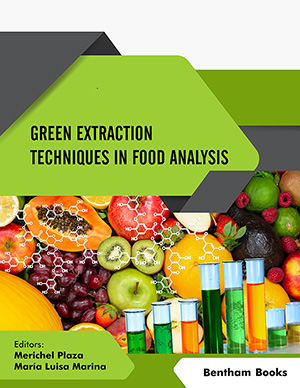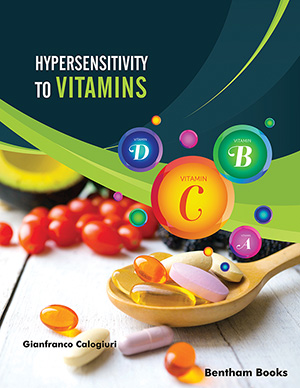Abstract
The physicochemical characteristics of seed and oil of six varieties/lines of safflower cultivated in Iran and comparison of type and amount of oil and their classification to oleic (Saffola) or linoleic acid group were investigated. Varieties/lines of Iranian safflower including Goldasht (IL.III, a spring variety), Mahali Isfehan, Isfehan 14, Isfehan 28 (a spring line), Padide (LRV, a fall variety) and Sina (PI, a day land variety) were provided and characteristics of safflower seeds (oil, protein, ash, moisture and fiber contents) and their extracted oil (iodine, saponification and acid values, fatty acid profile, α-, β-, γ- and δ-tocopherol, tocotrienols and β-carotene) were studied. Results indicated that the studied samples were only linoleic safflower (not oleic safflower). Iranian safflower varieties/lines have the highest amount of ω -6 (71.99 - 75.78) in comparison with other oil sources which is a valuable and essential fatty acid. Goldasht and Mahali Isfehan lines as a natural antioxidant (α-tocopherol: 346.25 – 376.83%; β-tocopherol: 54.29 – 52.89%; β-carotene: 8.53 – 8.1%, respectively) were mixed at two levels of 2 and 5% with soybean oil (without any antioxidant) and their shelf lives were determined by peroxide, thiobarbituric acid (TBA) and Rancimat indices at 0, 5, 10 and 15 days and were compared with control. Statistical results did not show any antioxidant effect in shelf life of soybean oil at more days. This means that the safflower antioxidant compounds were not migrated completely to its oil.
Keywords: Antioxidant characteristics, physicochemical characteristics, safflower, safflower oil, varieties/lines.





















